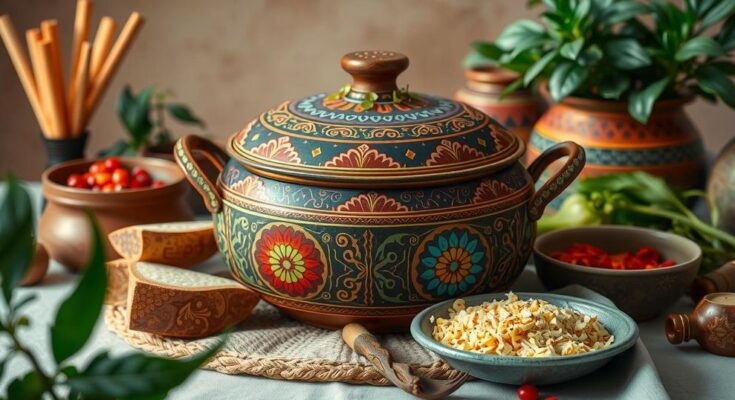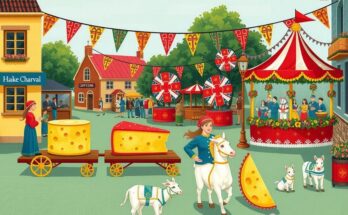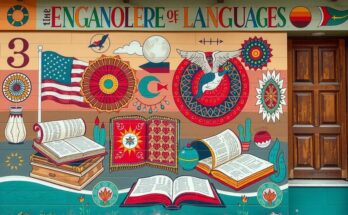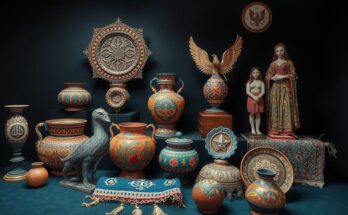From vibrant green betel leaves laid on counters to the vivid red stains on streets, paan, a cultural cornerstone, captures the essence of South Asia. Vendors, known as paanwallahs, artfully prepare this delicacy—slicing fresh leaves, applying slaked lime, and displaying an array of fillings from traditional betel nut to modern chocolate. The resulting triangular parcel bursts with flavours, offering a unique awakening of the senses with each bite, reminiscent of its widespread popularity in Bollywood hits like ‘Khaike Paan Benares Wala’.
An integral part of South Asian culture for centuries, paan appears in ancient texts where it’s famed for its medicinal and aphrodisiac qualities. Historical sources such as the Sushruta Samhita recognise its role in aiding digestion, while the Kamasutra lists it among the rituals of beauty, celebrating the moment when lovers share paan, a motif often depicted through classical art and literature, resonating deeply in tales of divine romance and courtly life.
The 16th-century manuscript, Tutinama, illustrates vibrant scenes featuring paan and wine during romantic encounters, while the Nimatnama from the 15th century portrays indulgent moments of royalty relishing this beloved treat. By the 19th century, paan evolved into a cultural currency, a common feature in celebrations—from marriages to funerals, often symbolising wealth and respect across various regions, particularly in Bengal and Assam, where different parts of the paan align with Hindu deities as described by K.T. Achaya.
Once a prestigious symbol of leisure in royal courts, paans were stored in beautifully crafted boxes, lavishly decorated to signify hospitality and esteem. Today, while ornate containers have been replaced by modern packaging, the streetside paanwallah continues to uphold this cherished tradition. Each paan crafted is unique and expresses the individuality of the customer, a blend of rich history and contemporary flair.
Discover Indian Art is a monthly column unveiling captivating narratives on art from the subcontinent, curated by the MAP Academy editors. Follow them on Instagram at @map_academy.
Paan, a cultural staple across South Asia, merges tradition and modernity through its rich flavours and cultural significance. From ancient medicinal texts to modern-day street vendors, paan has represented intimacy, hospitality, and heritage. Despite shifts in presentation, it retains its role as a symbol of sensory delight, captivating generations and maintaining its place in South Asian culture.
Paan is not merely a culinary delight but a vibrant thread woven into the cultural fabric of South Asia. Its historical significance, medicinal properties, and artistic representations highlight its multifaceted role in society. Even as modernity shapes its packaging, the essence of paan remains alive through paanwallahs, who craft personalised experiences blending tradition with contemporary taste, ensuring this exquisite symbol continues to flourish.
Original Source: www.deccanherald.com



